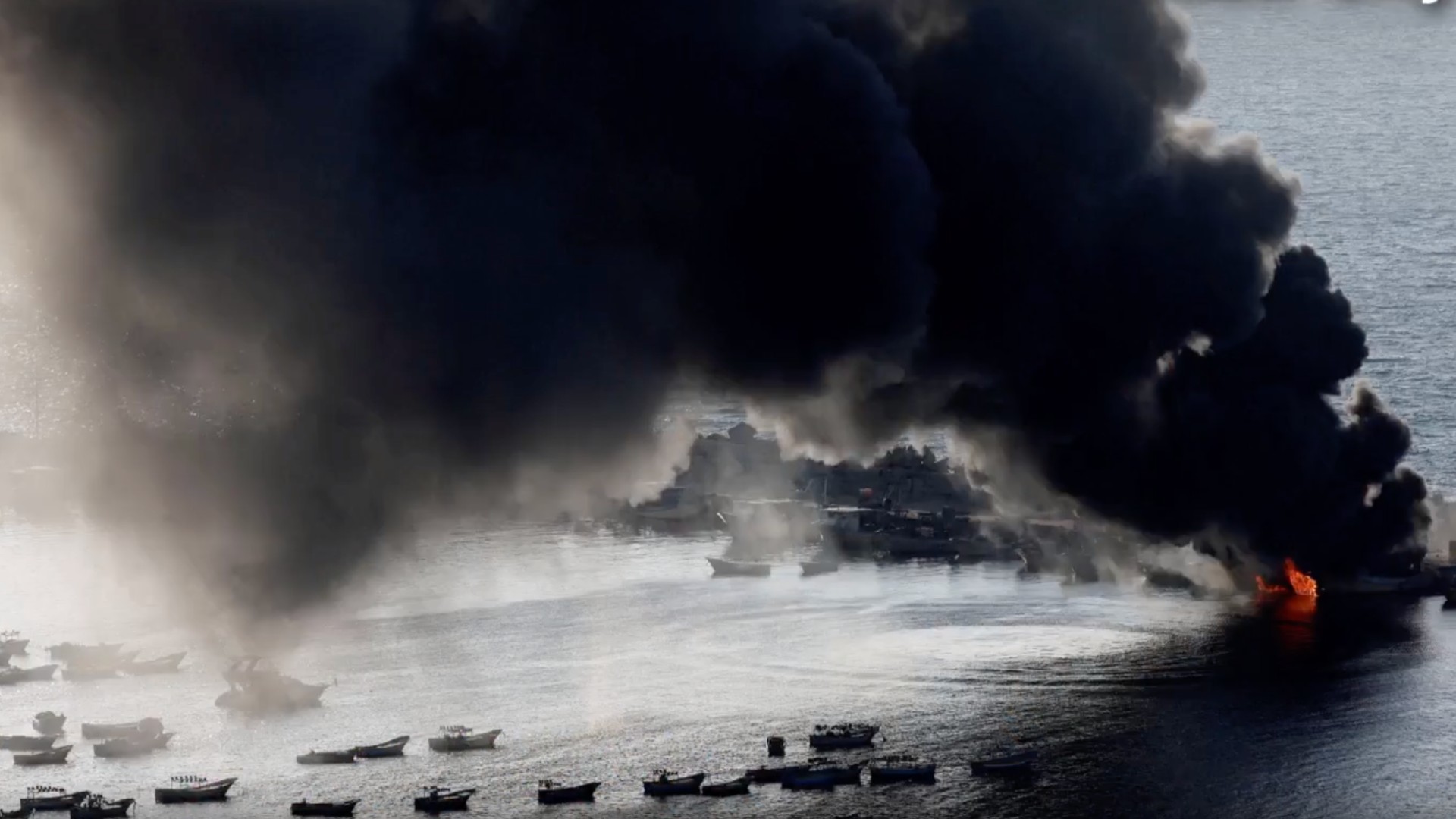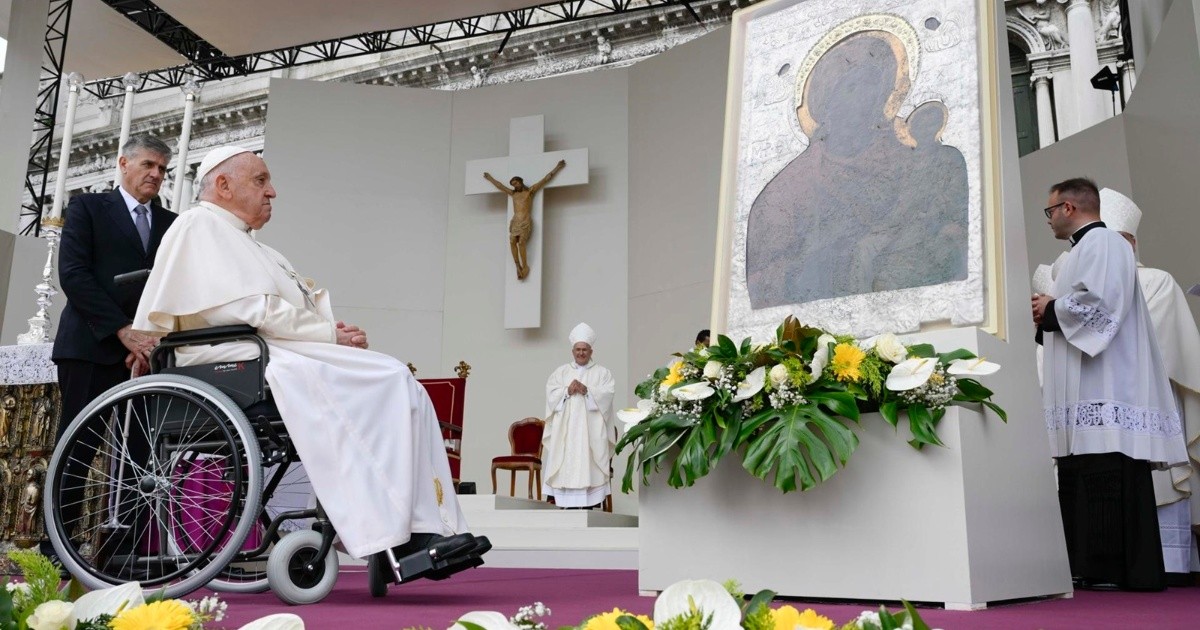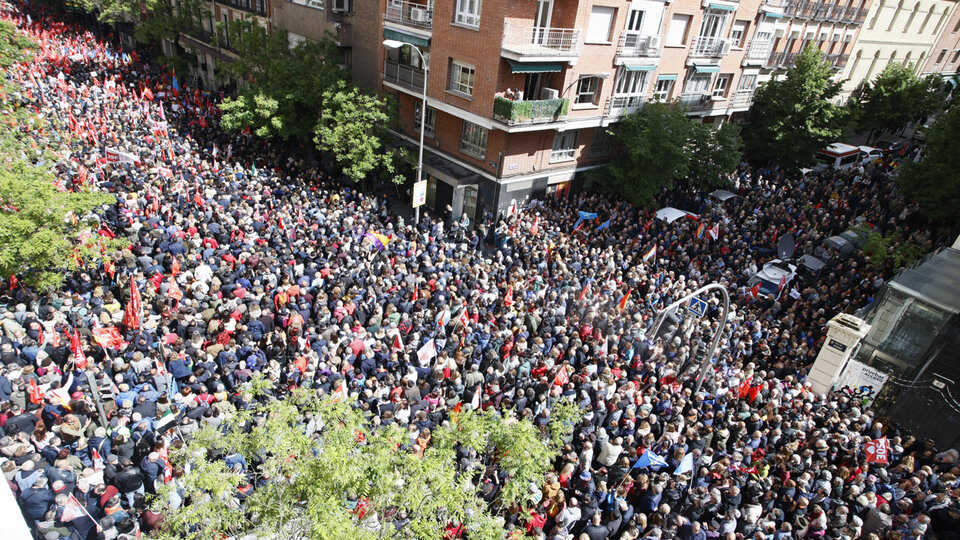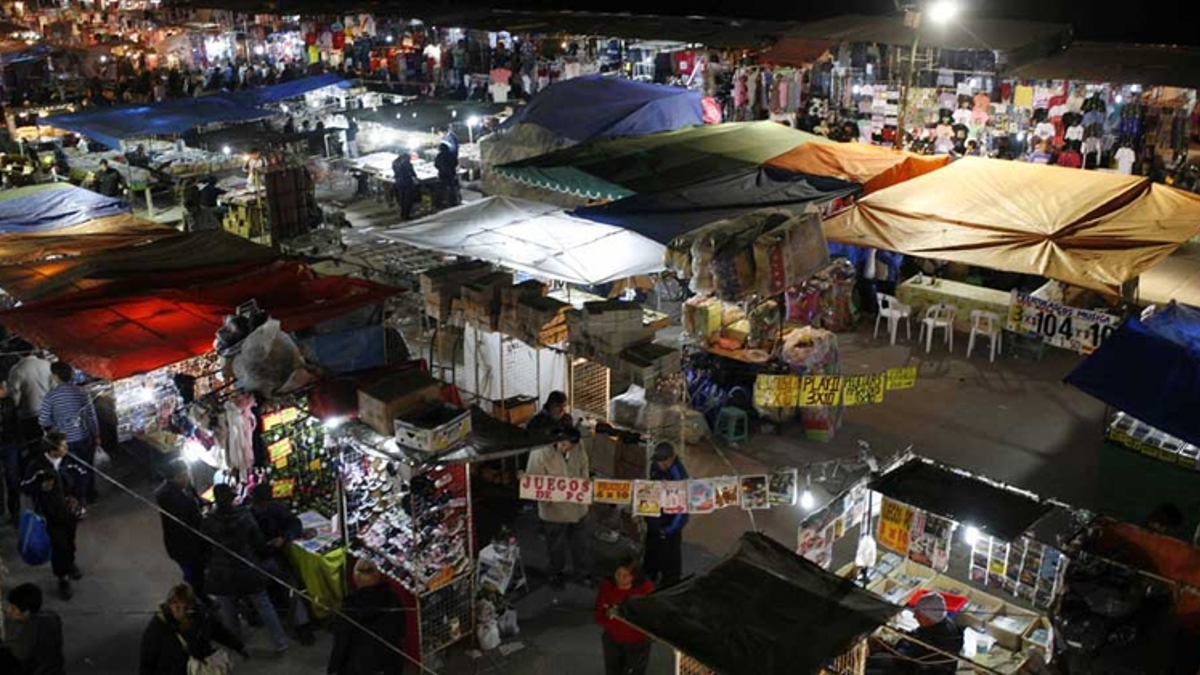Analysis | What will the Israeli ground attack on Gaza be like? This is a memory of what I lived
An aerial photo shows severely damaged buildings after Israeli air strikes on Gaza City on Tuesday. (Photo credit: Bilal Al-Sabbagh/AFP via Getty Images)
“get down!” The doctor sitting in the front seat shouted as the ambulance arrived at the Israeli checkpoint.
Through the front window I could see tanks on the side of the road and nervous Israeli soldiers raising their weapons as we approached.
It was January 2009, and a CNN crew boarded a convoy of ambulances traveling along the coastal highway from Rafah in southern Gaza toward Gaza City. The doctors allowed us to accompany them on the condition that we hide on their stretchers.
It is what Israel called “Operation Cast Lead,” and it is the first in a series of varying duration between Israel and Gaza in the years 2012, 2014, 2021, and 2022. The ongoing operation in Gaza was preceded by another operation last May.
After a short conversation with the doctors sitting in the front seats, the soldiers allowed us to pass without searching the ambulances.
It was the deepest Israeli ground operation into Gaza since the withdrawal from that territory in 2005. At the time, Israeli forces had largely avoided the more urbanized and crowded areas, especially Gaza’s eight refugee camps. They were well aware that entering the narrow alleys of camps like Beach Camp, one of the most densely populated camps, would be fraught with danger. Its goal was to control the periphery of urban areas.
The Israeli tactic has always been to move quickly and control as much territory as possible, but avoid street-to-street, house-to-house fighting, where the weaker opponent can make the most of the terrain. Entering urban areas in Gaza would add a whole new element to the fighting.
Currently, Israeli forces are facing Hamas. But Gaza is home to countless Palestinian armed groups, such as Islamic Jihad, the Popular Front for the Liberation of Palestine, and the Democratic Front for the Liberation of Palestine, to name a few. They do not have the human resources or weapons that Hamas does, but they are numerous enough to provide serious resistance.
In March 2008, I went to Gaza to cover the Israeli incursion into the north, this time called “Hot Winter,” another attempt to stop rocket fire from Gaza. At the time, Hamas was in full control of Gaza, having expelled the rival Fatah faction the previous year. But when I arrived at the area where the Israeli forces were trying to advance, there were not Hamas fighters but rather Popular Front for the Liberation of Palestine militants engaging in street battles with the Israeli forces. They were going in and out of alleys, crossing the streets at full speed, carrying grenade launchers and Kalashnikov assault rifles. The young people were almost thrilled. They finally had the opportunity to fight Israeli forces on their own soil. Finally, the Israelis withdrew. The missile launches continued.
If we go back to the summer of 1982, when Israel invaded Lebanon to pursue the Palestine Liberation Organization, Israeli forces arrived in Beirut and then stopped on its outskirts, imposing a siege very similar to the one Israel announced on Monday. Defense Minister Yoav Gallant. It was clear even at that time that entering Beirut, especially the Palestinian refugee camps, would be a deadly task for everyone.
Read the full post here.




:quality(85)/cloudfront-us-east-1.images.arcpublishing.com/infobae/7WNJFGDL7JCGBPDFCF4AVJNMX4.jpg)
